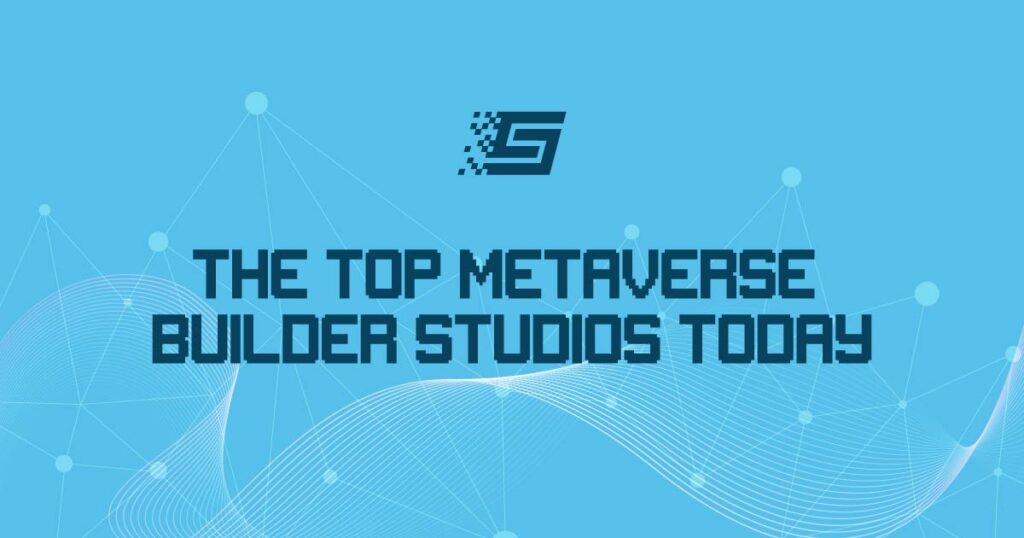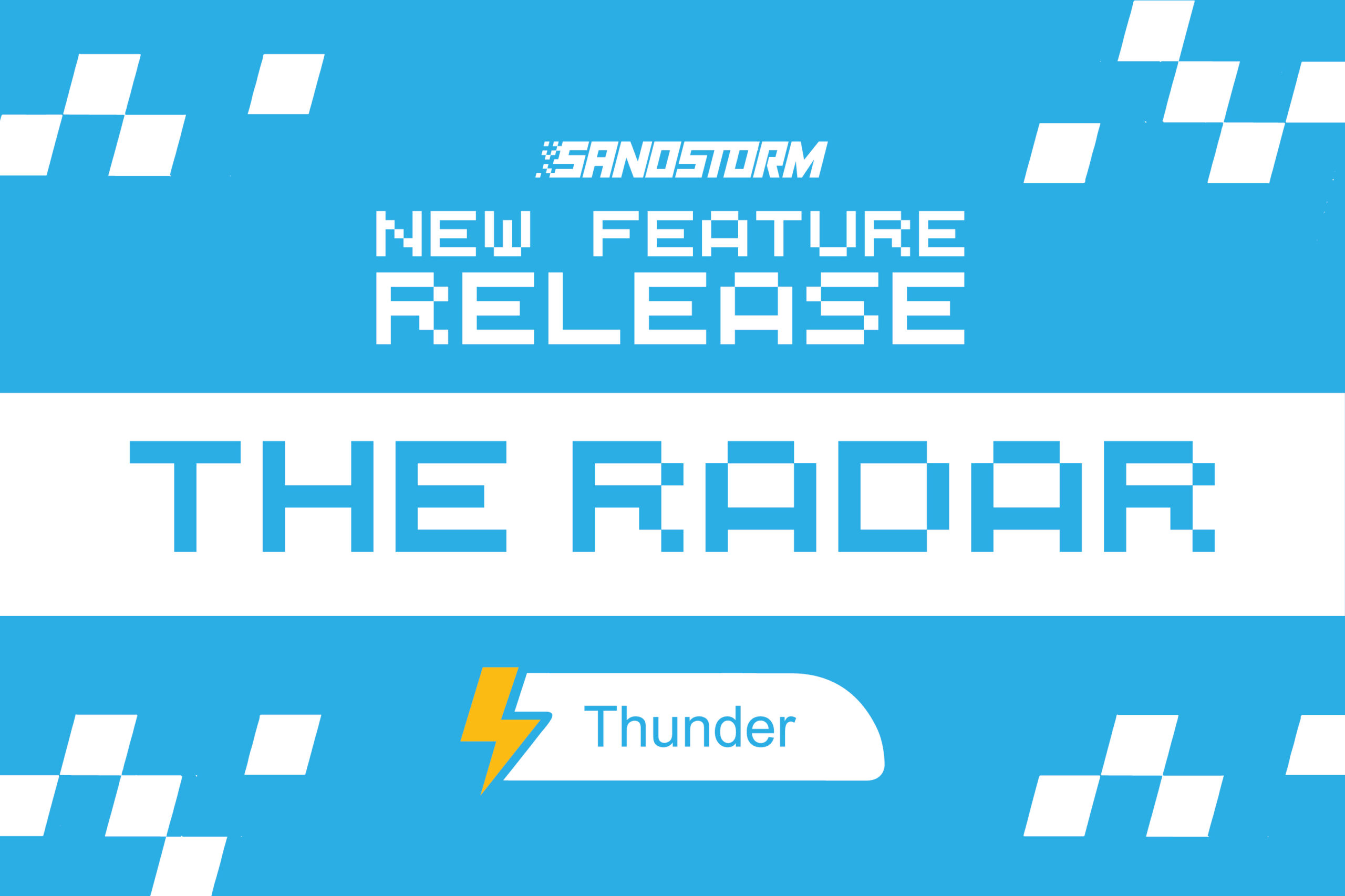How To Build Your Own Community In The Metaverse
We are about ready to enter an impressive era, building the future and how we interact with society. Imagine a tool that allows you to meet people from all over the world, visit worlds created by members of the community, buy and sell items, and create content and communities. Well, that’s basically the internet we have today, but the premise of the metaverse is that these interactions can happen in a 3D world – either a totally virtual world or a mixed reality (MR) world where virtual aspects are combined with our real environment.
While our current version of the “metaverse” (or web2) happens through a 2D world, accessed through computers, cell phones, consoles, or smart speakers, the future metaverse (using web3 tech) will be accessed via all these devices, but its main focus looks likely to be through VR (virtual reality) and AR (augmented reality) devices.
The word metaverse inherits from “universe” with all its characteristics and combines them with the concept of “meta” or “metadata” (data that has information about other data). It is ultimately a virtual platform where we can create universes with communities, jobs, learning, economy, communication, and entertainment, with each becoming more interconnected.
The Current State Of Things
All the information given to the platforms we predominantly interact with is stored in their computers (servers); therefore, they own all the information. They are even the owners and creators of many of the processes of businesses that use these technologies. If one day these companies decide to change the way their tools work, businesses would have to change the way they work. They could even totally block access to the information that really is yours if they wanted to.
At the moment, Google and Microsoft are the owners of much of our identity on the internet, and from the moment we create an account on any platform, we are often using our Gmail or Hotmail accounts to access it. This represents a serious problem as we are then subject to the authority of companies that have the power to censor users since they own all of the data.
On the side of virtual reality, Meta (formerly Facebook) leads the market with the launch of their virtual reality glasses Oculus Quest 2, while Apple dominates the side of augmented reality. Although Apple does not have a device dedicated to this, the company has equipped its cell phones with AR tech and has developed much of the technology needed to develop AR and XR (extended reality) applications.
The biggest challenge we have with centralized metaverses (like Meta’s) is the control we have as users over the worlds with which we interact. Users have no control over what happens on these platforms, and the companies that own these metaverses dictate the rules and changes that may happen in these worlds. Another important issue is that these platforms don’t have a system of economy or property. As people (avatars) in these worlds, we can own nothing, much less buy or sell goods.
There are also decentralized metaverses such as Decentraland and The Sandbox, which have characteristics that the aforementioned virtual reality metaverses don’t. These metaverses live on blockchain technologies, which means users can own their own land or things they interact with. For example, you could buy an apartment on Opensea, decorate it with your own NFTs and invite your friends round for a chat. You could also sell it to another person or even give it away if you want because you are the actual owner of this digital asset that represents an apartment within a virtual world. Your NFTs, cryptocurrencies, and transaction history are all stored in a digital wallet.
Technologies/Tools Needed To Build Metaverse Communities
Different technologies have been developed that have come to evolve the way we will all interact with the internet. With the help of web3, blockchain tech, and virtual reality, we can now build the metaverse.
Firstly, what is web3? It’s the evolution of the internet that we use today, which allows us to have services like social networks, cloud computing, and other real-time services. It is open and decentralized, with platforms built on web3 existing on open protocols that don’t require third parties or intermediaries. For instance, unlike a centralized social networking site like Twitter that exists on company servers, decentralized web3 social networks exist on the computers of decentralized networks on the blockchain (such as Ethereum). Participants on the platforms own their content and receive ownership of their profiles. In decentralized social networks, your information belongs to you, not the organization. This technology allows us to create decentralized worlds or platforms where economies can exist through the exchange of digital assets. These assets will be represented by crypto, smart contracts, land/properties (in the form of NFTs), etc. Currently, this technology already exists; however, the use of it is still very minimal due to problems of scalability, user-friendly interfaces, and the standardization that it faces.
Secondly, what is a blockchain? Think of it this way… The internet is composed of the various servers of platforms that we access every day, like Twitter, Facebook, and Instagram. With blockchain, we have a similar setup, but it’s built differently; instead of accessing the servers of these companies, we access a network of “private” servers connected to each other. This is where the information of all these applications is stored. Nobody owns these applications because no-one owns all of the computers/servers on the network. The shared database exists thanks to the joint work of a community of people coming together to create the network.
Decentralized networks or blockchains (such as Solana, Cardano and Ethereum) store applications that exist in pieces and parts on all of the computers in the network at the same time. These applications are known as smart contracts, which facilitate transactions and validate ownership.
We need standardization for the technologies needed to build web3 projects, as we need to develop these standards for massive adaptations by developers, thus facilitating the development path and obtaining an ever greater flow of decentralized application development.
A Simple Metaverse Community Building Concept
I propose the following concept to build a community: create a virtual world that is accessed through a browser or native application with properties and streets connecting it. The ownership of a property and other digital items is based on NFTs and smart contracts. Owning property allows users to host a server that multiple systems can exist on simultaneously. Both the systems and the server need to allow interaction through VR or AR. A property can be a store with point-of-sale systems, inventory, an office with an assistant system and computers, or a video game room. The streets represent connections between these properties, thus creating cities where users can walk around and enter establishments, buy things, open businesses, and have personalized homes, all of this on one layer of technologies that allow participants to create in this universe.


